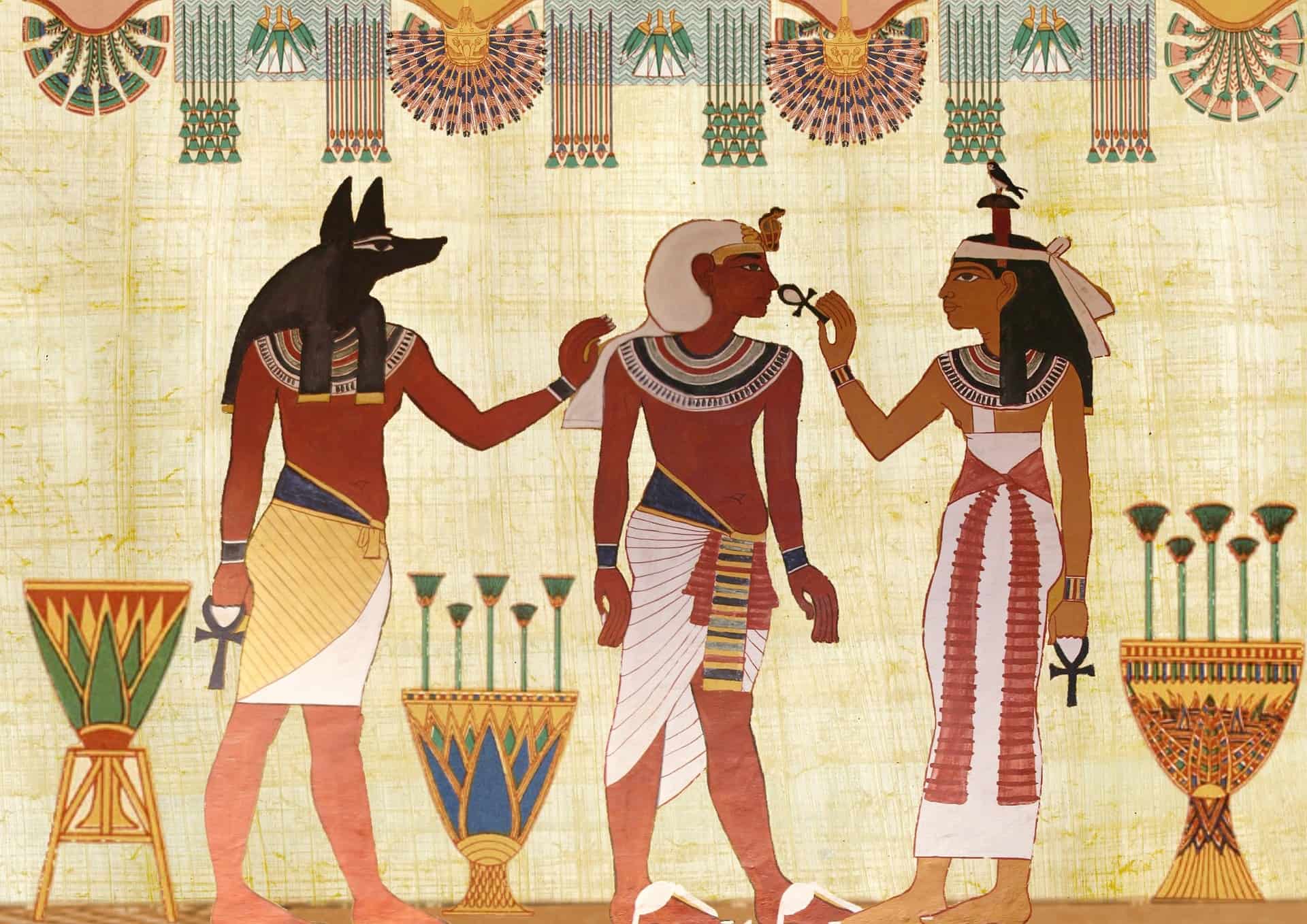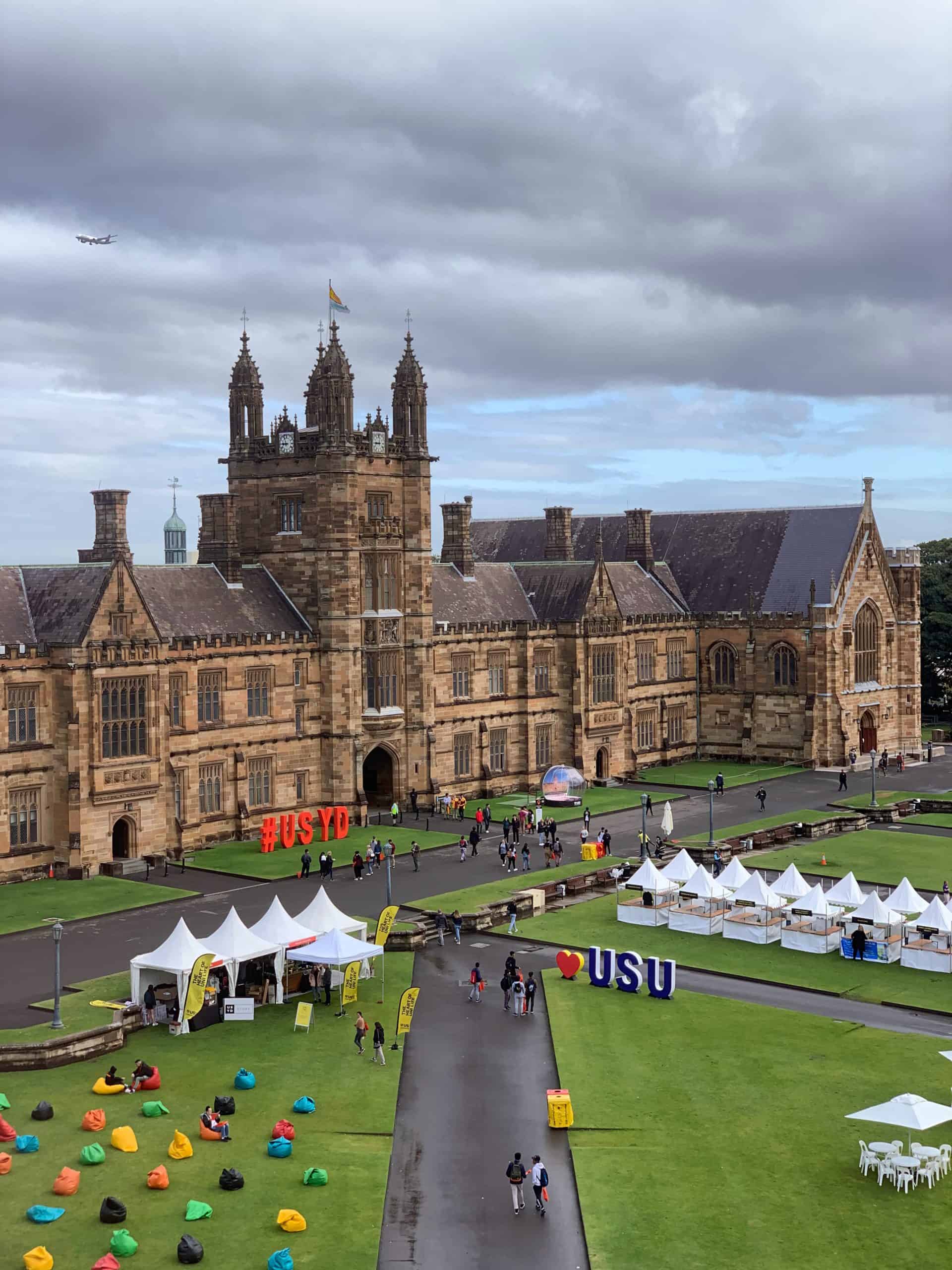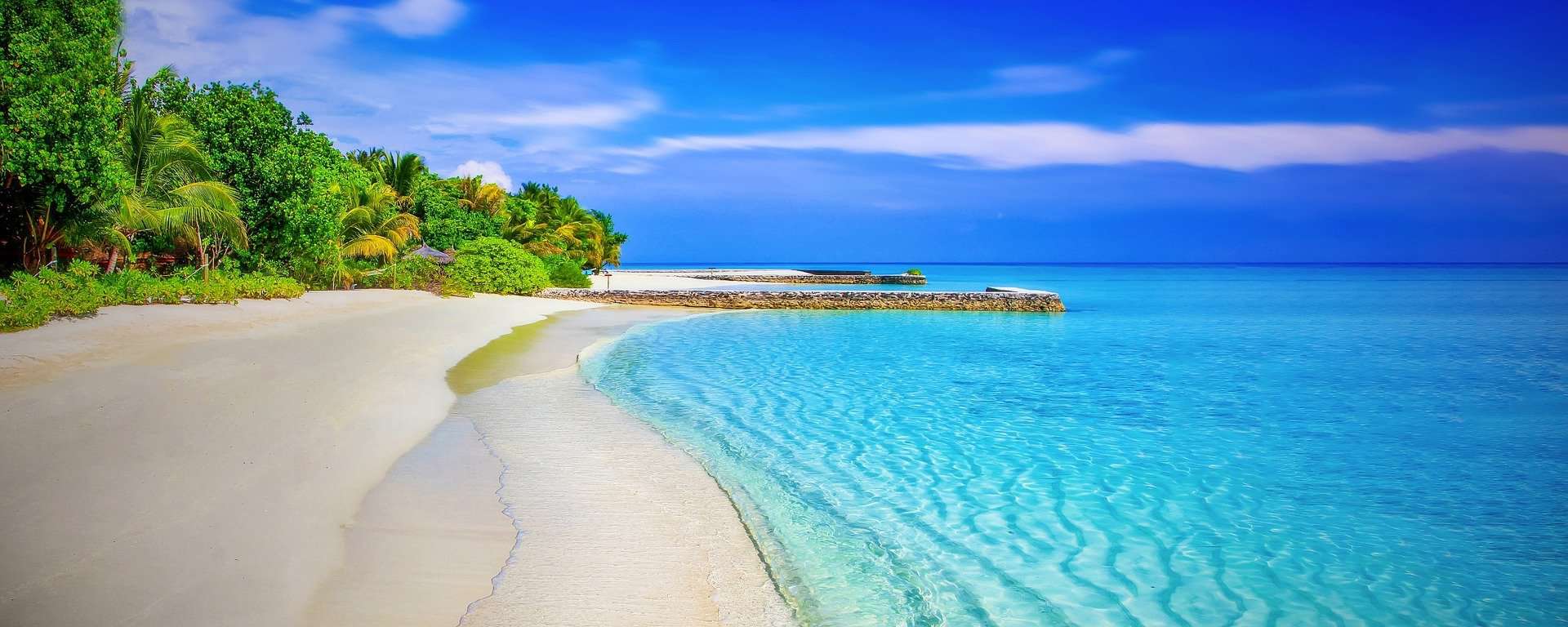
Norse Mythology Family Tree
Knowing something about the Norse mythology could be a good way to appreciate the foundation of Norwegian culture. As in any other culture, Norse mythology has a sense of family order. Therefore, mythical characters in Norse have an element of relationship and progression which is very much interesting to know.
Check out the book: Who were the vikings?
Like in all cultures, complete information about Norse mythologies are often incomplete or very scarce. Similarly, Norse mythology tree suffers the same fate of limited information. Nonetheless, available details make it believable that Ymir is the first Creature in the Norse mythology.
Ymir, the first giant in the Norse mythology emerged from water drops that formed when Nifiheim ice melted. While some information can be retraced about the family tree, it is admitted that some creatures in the line bear no much details about actual origin thus leaving much room for speculation. Some of these creatures which lack adequate information about origin include Thor, Mimir, Njord, Jord, Frigg, and Audumbla.
Ymir
Ymir was the giants’ ancestor. He gave birth to a bunch of giants, including Angrboda, Farbauti, Aegir, and Ran. Even though he did not marry, he slept and perspired. Therefore, children emerged from the perspiration, and it means that his existence is responsible for the human race in some way.
Angrboda
In the Norse myths, Angrboda is a Jotunn. In addition, apart from being the monster’s mother, she is Loki’s mate. The name means one offering sorrow or bringing grief.
Aegir and Ran
Aegir and Ran are married in the Norse mythology family tree. Together, they had nine daughters, including Kolga, Drofn, Bylgja, Hronn, Udr, Hefring, Blodughadda, Dufa, and Himinglaeva. Both Aegir and Ran dwelt beneath the ocean and had divine powers.
Aegir daughters
Aegir daughters include Kolga, Drofn, Bylgja, Hronn, Udr, Hefring, Blodughadda, Dufa, and Himinglaeva. They are believed to be the spirit of the waves. They had the capacity of personifying the waves. Each daughter name had a different meaning as shown; Kolga (cool wave), Drofn (Comber, foam fleck), Bylgja (billow), Hronn (welling wave), Udr (frothing wave), Hefring, Blodughadda (bloody hair), Dufa (pitching wave), and Himinglaeva (transparent wave).
Farbauti
In Norse mythology, he is Jotunn. After getting married to Laufey, they gave birth to a son called Loki. Unfortunately, not so much information is provided about him in the Old Norse.
Loki
In the Norse Myth, Loki is a cunning trickster, and more information about him can be found on “Loki Norse Mythology.” He was a companion of great gods, including Odin and Thor. Apart from being a trickster, Loki engages in other mischievous behaviors, including engaging in the death of Balder and ruining the Aegir feast.
Loki had an affair with the horse when he allowed the builder to use it, and he was told to fix a certain problem that he thought having sex with it. The affair resulted in the birth of Sleipnir, an eight-legged horse ridden by Odin. Loki and giantess Angrboda had three children named Hel, Jormungandr, and Fenrir.
Jormungandr
Jormungandr is the world serpent. Apart from being Thor’s enemy, he is an evil serpent. Thor hated him because he was the only creature in the cosmos that challenged him. Moreover, he encircles the Midgard realm.
Hel
In the Old Norse, Hel meant the world of the dead. Thus, Hel was referred to as the goddess of death. Although Hel is a complex character, and she was in charge of the souls that we’re unable to make it to Valhalla.
Fenrir
Fenrir is a monstrous wolf in the Old Norse. Fenrir symbolized savagery that cannot be controlled. Unfortunately, even the gods cannot control it, as evident by the Norse myth.
Auðumbla
Auðumbla is the ancient cow in the Norse Myths. She is linked to Ymir and Ginnungagap as Ymir feeds from her milk for nourishment. For Auðumbla, she would feed on salty rime rocks. On the first day that she licked the rocks, the hair of a man came out; on the second day, head, and on the third day, a man named Buri came out.
Buri
He is Borr’s father, and not so much is known about him. The excerpt from Prose Edda that has information about him says, She licked the ice-blocks, which were salty; and the first day that she licked the blocks, there came forth from the blocks in the evening a man’s hair; the second day, a man’s head; the third day the whole man was there. He is named Búri: he was fair of feature, great and mighty. He begat a son called Borr.”
Burr
He was Bestlas’s husband as well as Odin, Ve, Hoenir, and Vili. After Buri had abdicated the throne, Bor remained as Asgard rule. During that time, he led the people in a time of prosperity and power. His triumphs in the field and leadership made him win the loyalty of his people. Therefore, he is among the gods that played a significant role in the Universe’s creation.
Odin
In Norse mythology, Odin is described as a one-eyed and wise man. He is the god of the dead, magic, runes, poetry, and war. Odin lived in Valhalla, and he is represented as a tall man with a beard. Besides, he appeared to protect all the heroes during Norse mythology.
Odin married Frigg, who was a promoter of fertility and marriage. Together they had a son named Balder. Nanna got married to Balder and gave birth to a son called Forseti. Also, Odin had a mistress Jord, and together they gave birth to Thor. Odin gave birth to two other children, including Bragi and Hodr. Odin’s affair with Sif resulted in the birth of Ullr.
Thor
Thor was a temperamental god of thunder, trees, sacred groves, lightning, hallowing, humankind protection, strength, and storms. In the Aesir service, he defeated several Jotnar and monsters. Although Sif had an affair with Odin, she got married to Thor, and together they conceived Thrud and Modi. Thor’s affair with Jarnsaxa resulted in the birth of Magni.
Njord
In Norse mythology, it is unclear if Njord had any parents. Njord married Skadi, and together they had two twins’ children named Freya and Freya. Freyr married Gerdr while Freya married Odr.
Tyr
Tyr is the god of war, and he is famous for wrestling Fenrir in which he lost his arm through the process. His father is unknown because, in some stories, he is the son of Odin, while in others, he is the son of a giant called Hymir. More information about the battles, family, and his impact on the Nordics can be found in the “Norse god of war.”
Mimir
In Norse mythology, Mimir is popular for his wisdom and knowledge. In Norse mythology, the Mimir family is unknown, although some stories say that he may be the son of Bölþorn or brother to Bestla. Also, it is argued that Mimir is a water spirit.
If you are from the Austin, Texas area, are a fan of Norse mythology, and are planning to visit or move to Scandinavian countries, don’t forget to ask your Austin immigration lawyer about the requirements each place requires for entry.









Leave a Reply